Secrets of Translation:
How to translate handwritten notes? Effective techniques and practical tips.
Have you ever found yourself in a situation where you need to translate a handwritten text? It could be illegible handwriting on a piece of paper, an old document, or journal entries. In such cases, you might wonder if there is a technology that can help you transcribe and translate the text. Is it possible to utilize Optical Character Recognition (OCR) tools that can recognize text from an image?
When dealing with handwritten notes, applying OCR technology can be challenging. While OCR excels at recognizing printed fonts, it can be hit or miss with handwritten text. Recognizing and translating such text can be difficult because handwriting often varies and is not easily decipherable. However, with the right tools and techniques, it is possible to achieve excellent results.
OCR (Optical Character Recognition)
OCR technology is commonly used to convert scanned or photographed notes into editable digital text. Although OCR has advanced significantly in recent years, accurately recognizing handwritten texts can still be problematic, especially if the handwriting is difficult to read or unconventional. However, if the handwriting is relatively legible and well-formed, OCR can be a helpful tool for extracting the text for further processing. There are many OCR tools available online and as downloadable software. It is worth exploring different options before starting the process. Popular OCR tools include Google OCR, ABBYY FineReader, Adobe Acrobat, and Tesseract.
Before Proceeding with OCR:
- Ensure that your notes are of the highest possible quality.
- If the notes are scanned, check that the scan is clear and well-lit.
- If you are taking photos of the notes, strive for sharp, well-lit images. The better the image quality, the easier it will be to read the text using OCR.
After selecting an OCR tool and preparing the notes, you can proceed with the text recognition process. In most cases, OCR tools work by uploading the image with the notes and receiving a file with the recognized text. Load the notes into the chosen OCR tool and wait for the processing to complete.
Here’s how to perform OCR using Google Drive:
Step 1: Upload the image to Google Drive.
Step 2: Right-click on the image. Choose “Open with” –> “Google Docs.”
Step 3: Wait a moment. A new tab will open with a new document, where the first page contains the uploaded image, and the second page has the editable text.
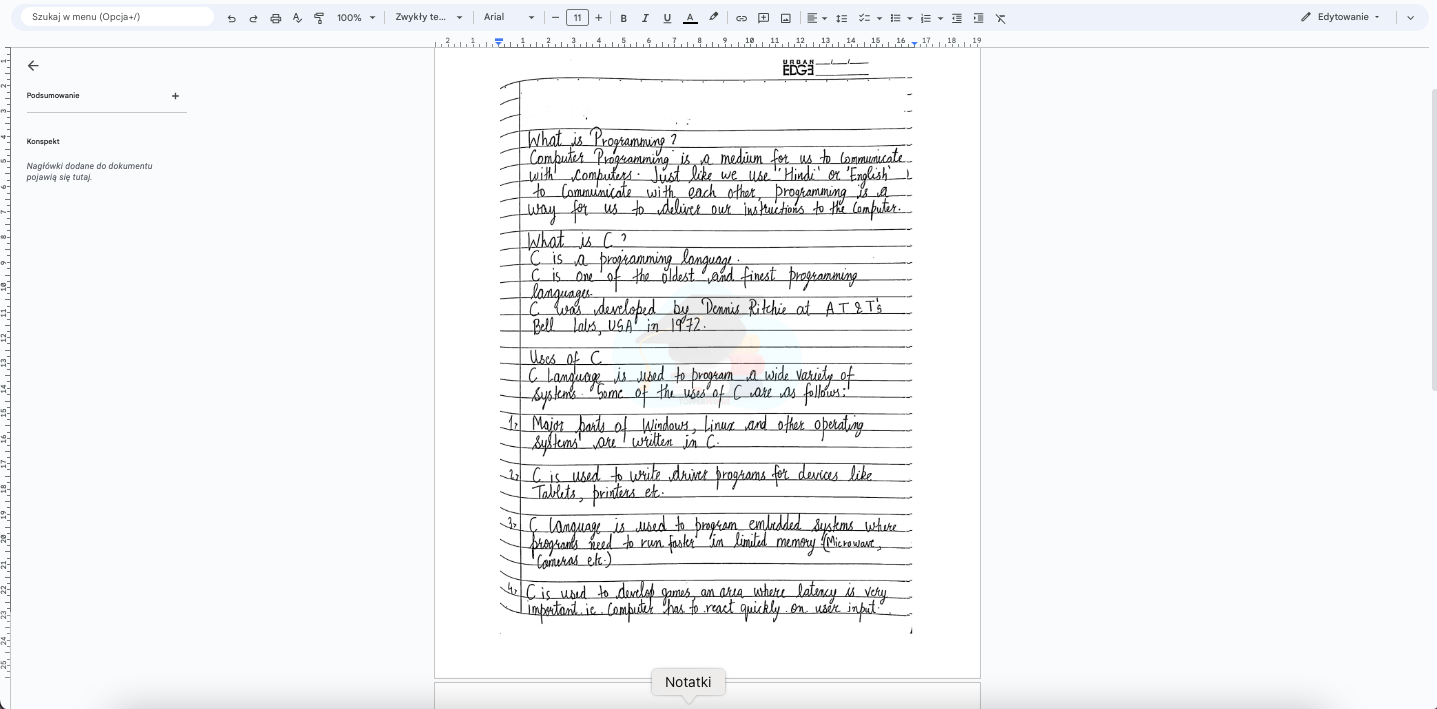

After completing the OCR process:
- Review the recognized text and verify if it has been correctly interpreted.
- Check if all the words have been read accurately and if there are no errors or ambiguities—OCR tools often struggle with recognizing illegible or unconventional handwriting.
- Manually correct the text if the OCR results contain errors or if some parts were not recognized. You can edit the text directly in the output file or use a text editor. Correcting errors in OCR results is crucial to ensure the accuracy of translation or further text processing.
Transcribing Handwritten Text
Sometimes, the program may not correctly recognize the notes, and OCR may not yield satisfactory results. For example:
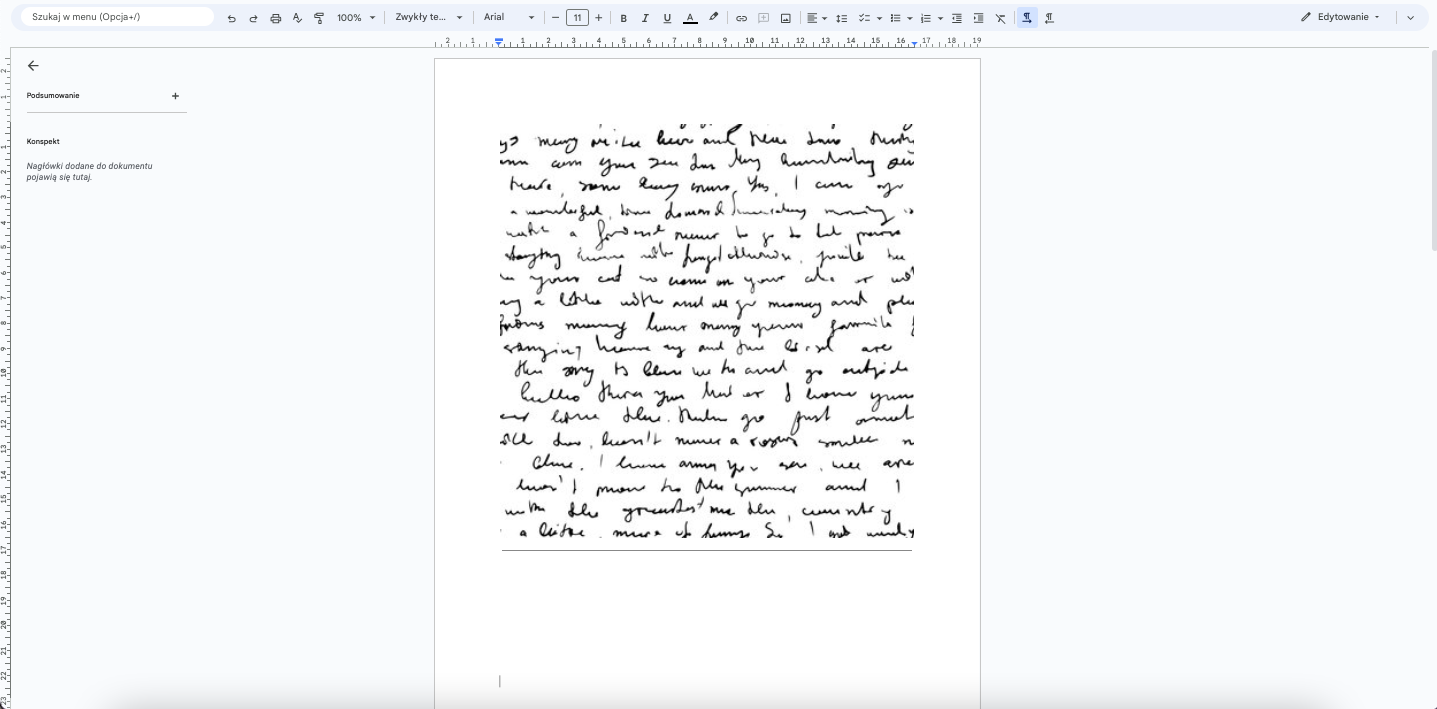
OCR Result
In such cases, you can manually transcribe the notes onto a computer. It is important to carefully analyze each word and character in the handwritten notes. This process can be time-consuming, but it allows for greater control over the accuracy of the translation.
After converting the handwritten text into a digital format, several translation options are available. If you feel comfortable with the language and possess the necessary skills, you can attempt to translate the text yourself using online translation tools or software. However, it is important to note that automatic translation tools do not always provide the most accurate translations, especially for complex or context-dependent content.
Seeking Professional Help
In situations where handwritten notes are particularly difficult to read or require specialized knowledge, considering the services of a translation agency or professional translator are worth considering. Translation agencies have experienced linguists who can accurately translate handwritten text, taking into account any specific nuances and cultural references. They ensure that the translated text is coherent and faithfully conveys the original meaning.
Translation agencies offer several advantages compared to automatic translation tools or individual attempts to transform and translate text. They not only possess specialized knowledge of different languages, scientific fields, and cultural contexts but also have the necessary tools and programs to facilitate working with the source text. They also ensure quality control by subjecting translations to proofreading and editing, eliminating any possible errors that may arise during the translation process.
Translating handwritten notes can be a complex task, but achieving good translations is possible with the right tools and techniques. OCR technology can be helpful if the handwriting is legible, but if not, manual transcription of the notes into a computer becomes necessary. When accuracy, quality, and specialized knowledge are crucial, seeking assistance from a translation agency is advisable.

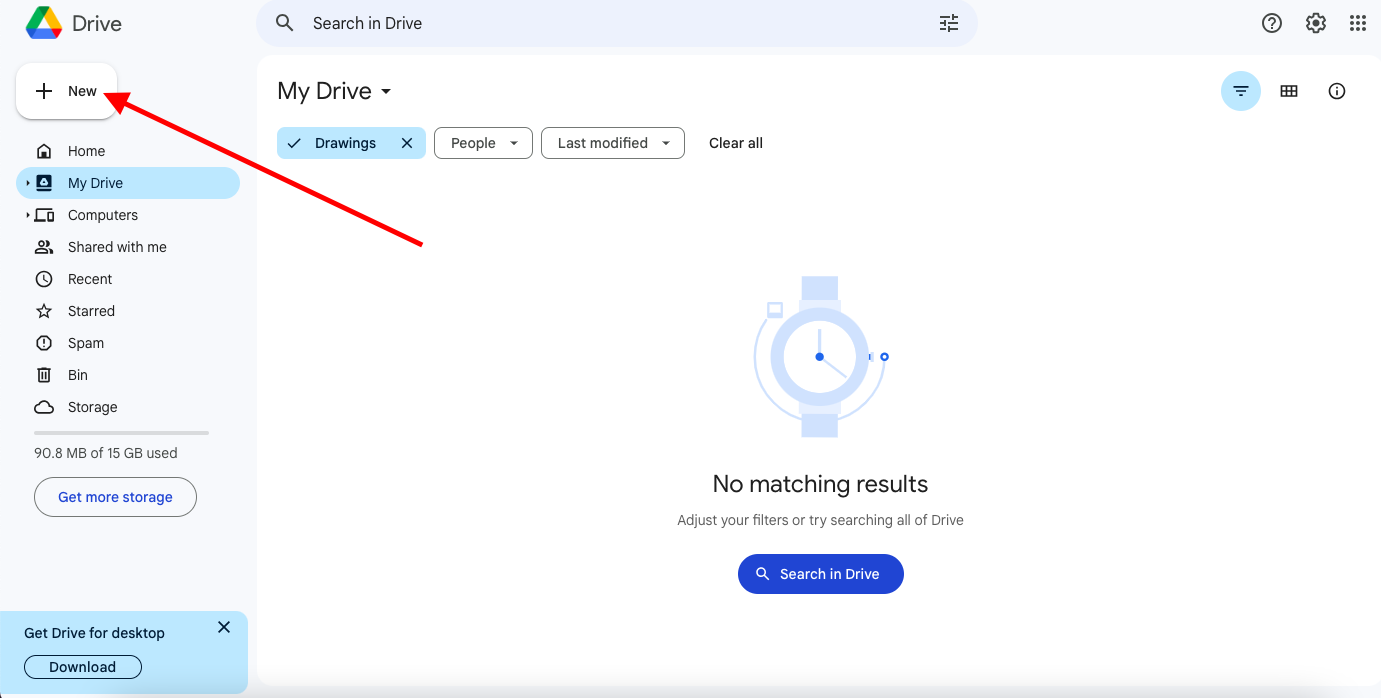

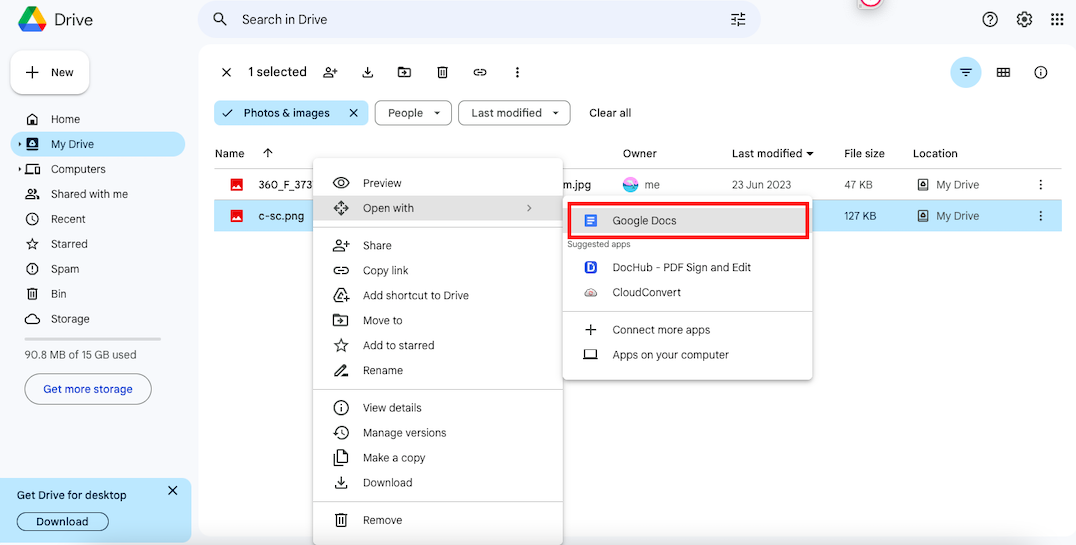
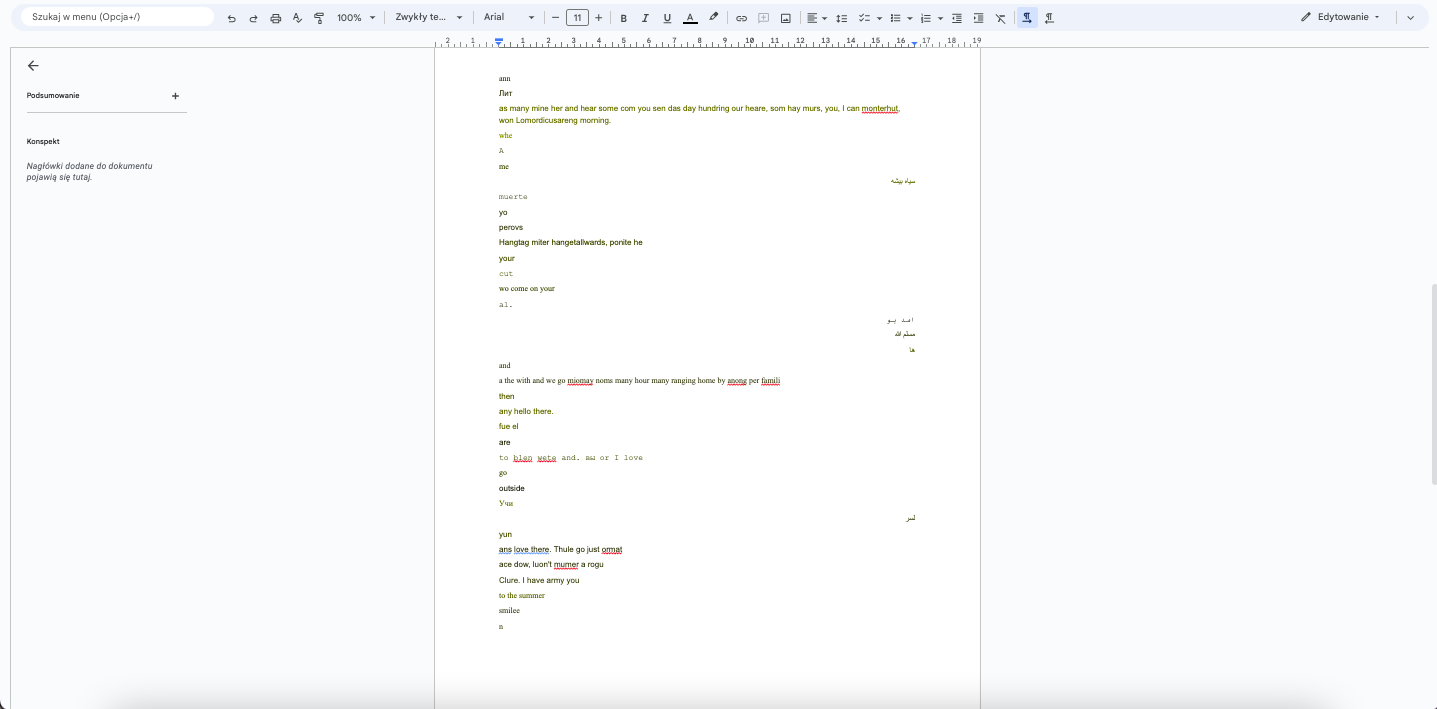
Leave a Reply